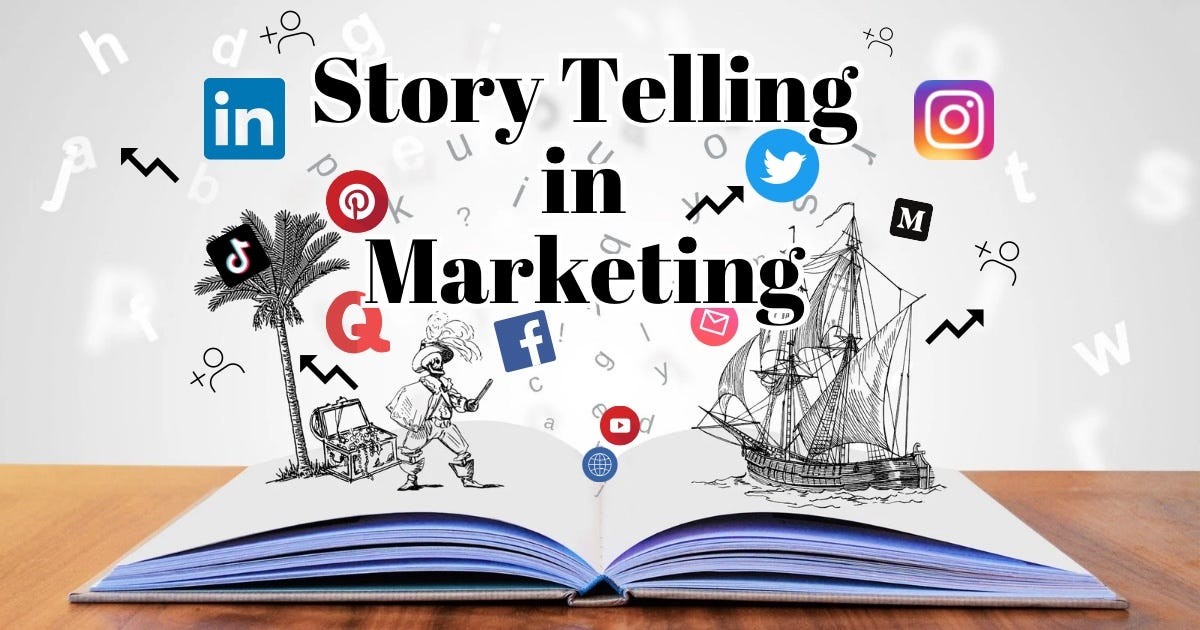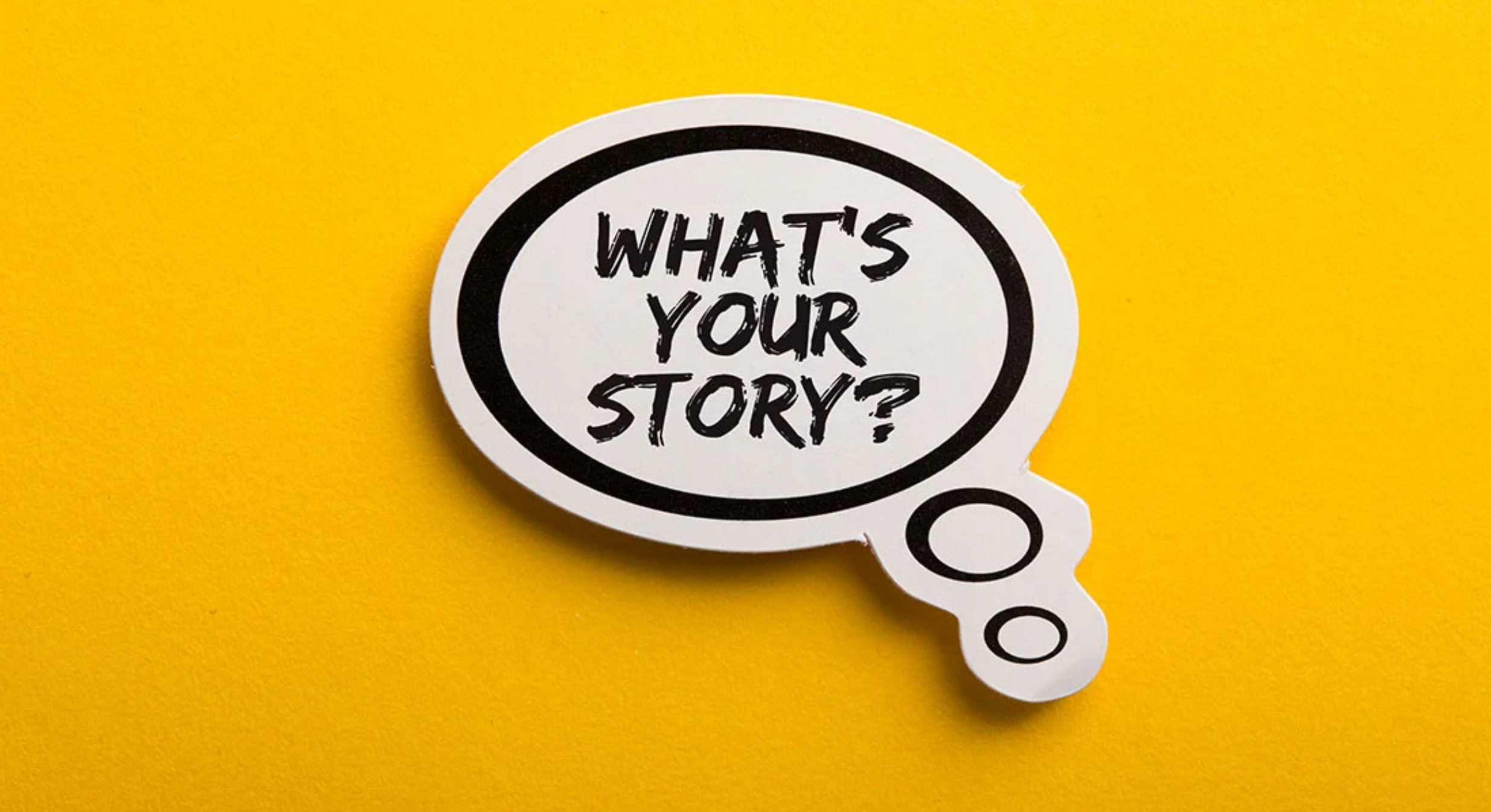What is storytelling in marketing?
Storytelling isn’t just for novels and movies—it’s one of the most powerful tools in your marketing toolbox. A well-told story can capture attention, build emotional connection, and inspire action. That’s why great brands don’t just sell—they storysell.
Whether you’re a startup founder trying to connect with your first customers or a seasoned business owner refreshing your brand strategy, mastering the art of storytelling is essential. In this post, I’ll walk you through a simple but effective 5-step storytelling framework—H.E.R.O.C.—that turns ordinary messages into compelling narratives that convert.
Let’s break it down and make your message unforgettable.

The 5-Step Storytelling Framework (HERO)
- H - Hook: Grab attention with a relatable problem or challenge.
- E - Empathy: Connect emotionally by showing you understand the pain point.
- R - Resolution: Present your product/service as the solution.
- O - Overcome: Show the transformation and benefits.
- C - Call-to-Action (CTA): Guide them on the next step.

Breaking it Down:
Hook (Set the Stage)
- Start with a bold statement, question, or relatable situation.
- Example: “Meet Sarah. She struggled to stay organized and felt overwhelmed.”
Empathy (Identify the Problem)
- Show that you understand their frustration.
- Example: “Like many busy entrepreneurs, Sarah wasted hours switching between tools.”
Resolution (Introduce Your Solution)
- Introduce your product/service as the answer.
- Example: “Then she found our all-in-one project management app.”
Overcome (Show the Transformation)
- Illustrate the before-and-after effect.
- Example: “Now, Sarah saves 10+ hours weekly and manages her business stress-free!”
Call-to-Action (CTA)
- Direct them to take action (comment, DM, visit website).
- Example: “Want to save time like Sarah? Try our tool today! Link in bio.”
Storytelling Framework in Action
Without Storytelling:
“Our course helps you grow your brand online.”
With Storytelling:
“James struggled to get leads for his business. He posted daily but saw no results. Then, he joined our marketing course. In 30 days, his engagement tripled, and he landed five new clients. Want to do the same? Enroll today!”
How to Use This Framework
- Apply it in social media posts, ads, landing pages, and emails.
- Use real customer stories to build credibility.
- Focus on the transformation, not just the features.
Storytelling Template for Marketers
Hook:
[NAME] was struggling with [PAIN POINT]. No matter what they tried, they couldn’t [GOAL].
Empathy:
Like many [AUDIENCE TYPE], [NAME] felt [EMOTION] every time they tried to [TASK].
Resolution:
That’s when they discovered [PRODUCT/SERVICE].
Overcome:
Now, instead of [OLD PAIN POINT], they [NEW SUCCESS].
Call-to-Action:
Want the same results? [ACTION: Click, DM, Sign Up, etc.]
Key Takeaways
- Storytelling is a strategic marketing method, not fluff.
- The HERO framework guides you from attention to conversion.
- Use it across platforms—email, Instagram, landing pages, and beyond.
- Focus on the transformation to inspire your audience.
Conclusion
The most memorable brands tell the best stories—not just about their products, but about the people they serve and the change they create. Use the H.E.R.O.C. framework to craft stories that don’t just sell—but stick.









